I’ve been fortunate enough to have seen the Northern Lights on three separate occasions, all from an airplane. Although a lot of luck is involved, I’ve learned tips and tricks over time to give me the best chance and opportunity to see the Aurora during flights, in addition to ways in which to capture photos on my phone.
Let’s go over them.
Routes and Travel Day
What makes air travel so special for viewing the Northern Lights is not only the beauty of seeing them from an airplane, but also how it allows people who don’t live in a place north enough for the Aurora to still see them inflight. Let me explain.
This was the route my flight, Japan Airlines JL3, took last month from New York to Tokyo. Although these two cities never have any chance of seeing the Aurora, the vast distances between them create these far northern routes when flying between these cities. If you’re not flying a short Scandinavian or Northern Canadian flight, these are the kind of flights to go for.
Flights between the West Coast United States and the Middle East (e.g. LAX-DXB, LAX-IST), East Coast United States and Far East Asia (e.g. JFK-HKG), and flights from Far East Asia to Europe due to deviations related to the Ukraine War (e.g. HND-LHR) are all long-haul routes that have flight paths that usually go far north over Alaska, Greenland, and near the Arctic.

You’re obviously going to want a flight during nighttime as well. Overnight flights during the winter are your best bet, as summertime overnight flights can turn into daytime near the Arctic since the sun never sets up there during the summer months.
Sure enough, this flight didn’t disappoint. Read about my experience here.
NOAA Northern Lights Forecast
The National Oceanic and Atmospheric Administration (NOAA) provides Northern Lights forecasts for every night. I usually take a look at this before a long-haul flight over Northern Alaska; I find it to be helpful and sets my expectations for the flight.
Stay awake and keep an eye out of the window during the northernmost portions of your flight route. The Aurora can appear in an on/off manner, sometimes for minutes at a time.
Window Seat + Your Camera
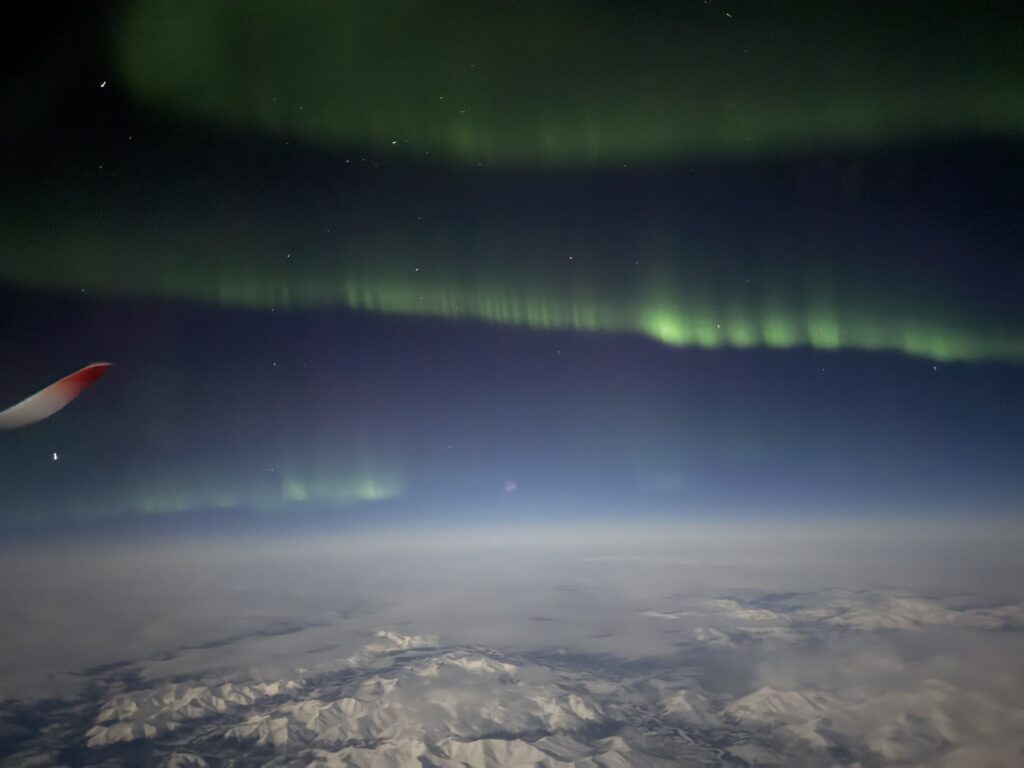
The window seat facing north is pretty much a must if you want to view the Aurora. You can make the exit door windows work like I did on my flight last month, but it’s not that practical if you want to have good views.
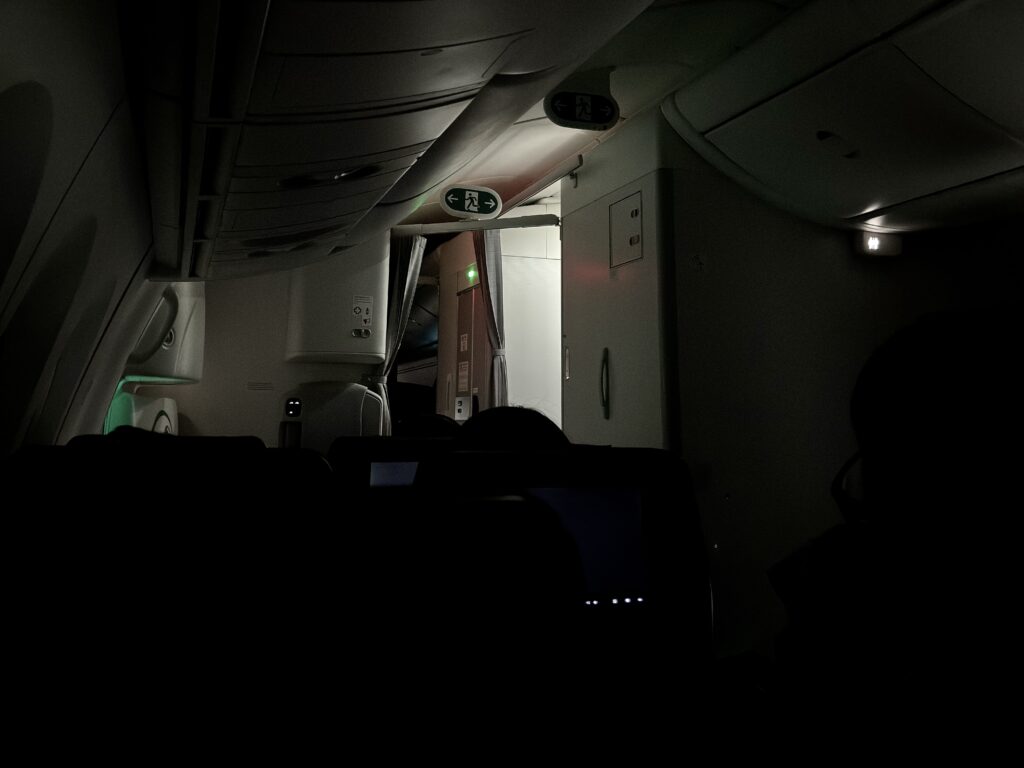
In order to get good photos on your phone, I recommend first pointing your camera at lights inside the plane, long-pressing to autofocus lock, then spanning it out the window. That way, your photos can stay in focus even in the dark outside.
For iPhone users, utilize night mode. The long exposure is what will capture the stars and the Aurora.
Blocking out light from inside the cabin is also important; I often cover my phone with a sweatshirt or the blanket provided by the airline to block light. You may look a little weird doing this, but the photos you get are incredible!
Bottom Line
Although a lot of luck is involved, knowing these tips and tricks has helped me see the Aurora on three separate occasions and capture fantastic photos. In my opinion, the most important thing is to keep an eye out of the window anytime your flight is flying over the northernmost stretch of the route.
Featured image by the author.

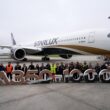
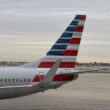
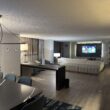
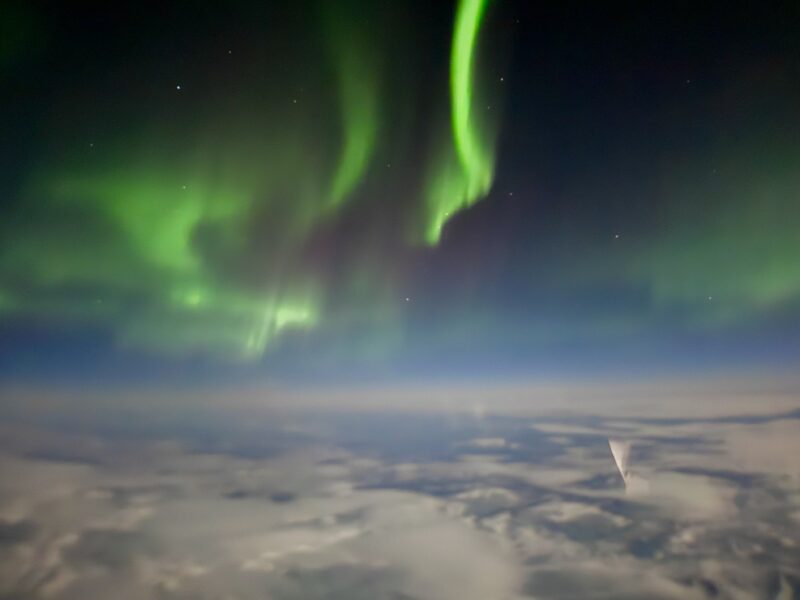
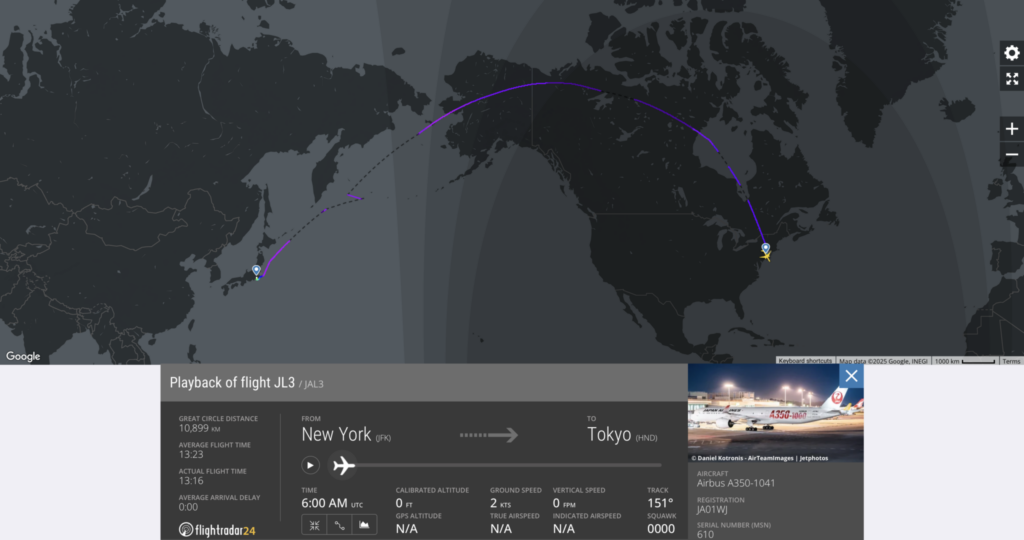
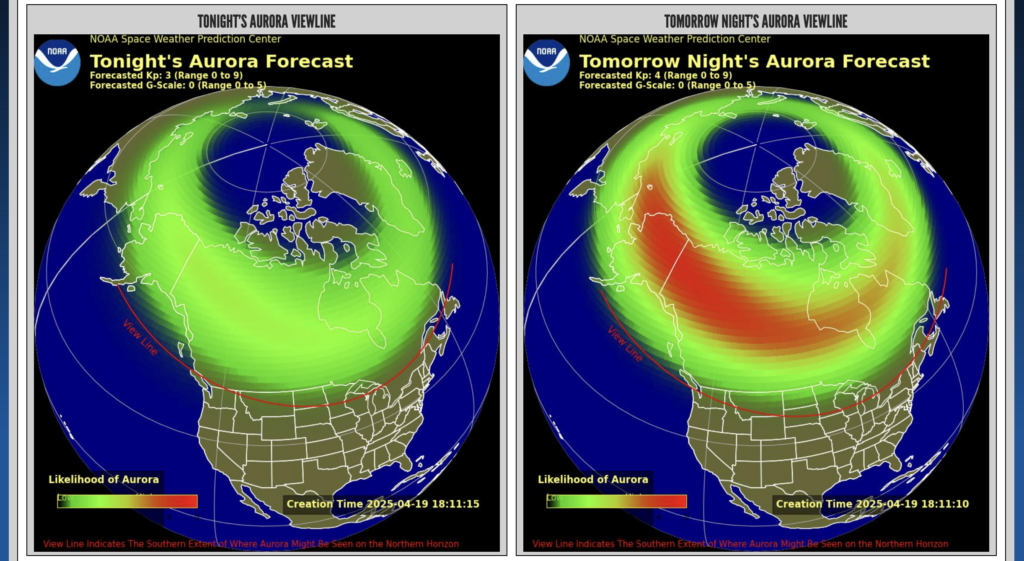
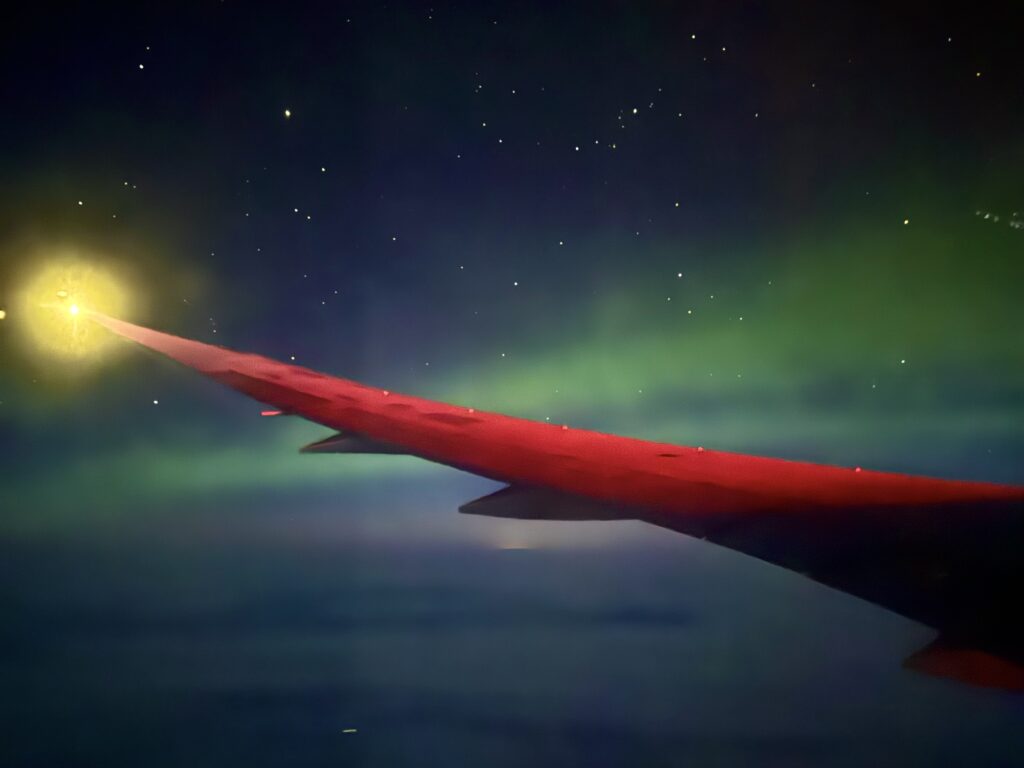
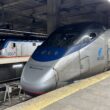
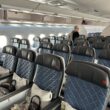
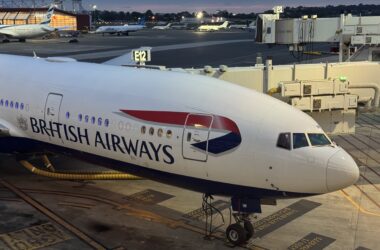
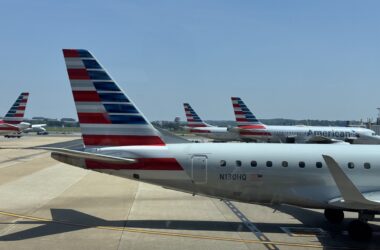

Thanks for the great tips!
Of course!
I got to see them on an ANA HND-ORD flight last October.
I was on my way back to my seat from the lav when the FA’s pointed out that we could see them out the window and suggested using the blanket like you say. Was able to get a few shots from my seat and the emergency exist window
Yeah, the blanket method works well. HND-ORD was also the route I was on when I saw them for the first time a few years back.